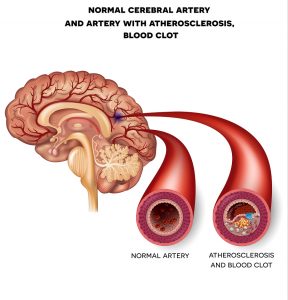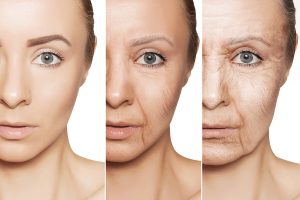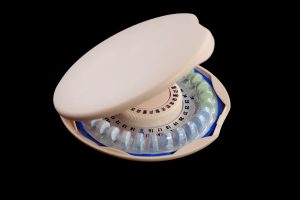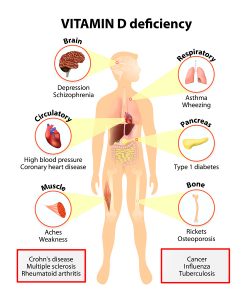There is a new coffee study that says 3 cups of coffee stop clogged arteries. The study appeared in the Journal of the American Heart Association on March 24, 2018. It was part of the cross sectional Brazilian Longitudinal Study of Adult Health. This study took place from August 2008 to December 2010. It followed 15,105 civil servants, aged 35 to 74 years. They were living in 6 Brazilian cities (Belo Horizonte, Porto Alegre, Rio de Janeiro, Salvador, São Paulo, and Vitoria). The final study sample comprised 4426 individuals who underwent CAC measurements.
CAC score
CAC stands for “coronary artery calcium”. Other tests in the past have shown that CAC is a very sensitive test that quantitates the calcification status of coronary arteries. The CAC score is also known as Agatston score. It also predicts how likely it is that a person with a high CAC count will develop a heart attack down the road. A score of 100 or less is considered to be a low risk for developing a heart attack later in life. If the score is between 100 and 400, it is a moderate risk. A score of more than 400 ranks as a high risk to develop a heart attack.
Study design
Upon entering the study the participants had an extensive entrance exam and interview. Part of this was a nutritional and lifestyle questionnaire. This told the examiners whether the patients were smokers or not. Their age ranged between 35 and 74 years. Participants took a CAC test. 4426 individuals who underwent CAC measurements became part of the study. The participants’ blood pressure and body weight were additional measurements.
Results of the study
There was a negative correlation between the amount of coffee consumed on a daily basis and the CAC score. Specifically, the following observation emerged regarding daily coffee consumption and the risk of a higher than 100 CAC score.
- Less than 1 cup per day: odds ratio 0.85
- 1 to 3 cups per day: odds ratio 0.73
- More than 3 cups per day: odds ratio 0.33
These results show clearly that there is an inverse relationship between coffee consumption and risk of developing coronary artery hardening. Those who consume 3 or more cups of coffee have a lower coronary artery disease risk.
The risk to develop coronary artery calcification in coffee drinkers (3 or more cups) is 67% lower. The comparison group are non-coffee drinkers.
Discussion of the results
The research paper from Brazil compares their results with many other research facilities and concludes that others had very similar conclusions. For instance, a 2014 publication pointed out that consuming more than 5 cups of coffee per day had no association with heart disease and did not cause any increased mortality.
The 2015–2020 Dietary Guidelines for Americans recommends consuming 3 to 5 cups of coffee per day, which reduces the risk of getting diabetes type 2 or cardiovascular disease.
Korean study using CAC scores
One other relevant Korean study that involved 25,138 participants is also of note. The participants consumed 3 to 5 cups of coffee per day. They also underwent CAC tests. The coffee drinkers had a 41% lesser prevalence of CAC score in comparison to non-coffee consuming controls. The authors of the present study said that the Korean study was comparable to their own findings.
Comparison of study to previous literature
Mortality data and coffee consumption
In a large Harvard study that I discussed on Nov. 18, 2017 the end point was mortality data. There too, was a dose response curve. With 3 to 5 cups of decaffeinated or regular coffee there was a reduction of death rates by 15%. Less coffee consumption produced less reduction of mortality.
Stroke data and coffee consumption
In another review on March 4, 2013 I reviewed a 10-yer study that looked at the effect of 1 to 2 cups of coffee per day in 32,600 women. There was a 25-32% reduction of strokes compared to non-coffee or tea consuming controls. I also reviewed a Finnish study that consisted of 29,133 smokers (smoking 5 cigarettes a day) aged 50 to 69 who were stroke free when entering the study. It ended in 1993 and the study had lasted for at least 5 years. Drinking two cups of black tea or 8 cups of coffee reduced the stroke risk by 21 to 23%.
Stroke mortality and coffee consumption
In the Annals of Internal Medicine (June 17, 2008) researchers have found that coffee consumption can be beneficial to reduce stroke mortality. A study using the data from 41,736 male and 86,214 female subjects is quite informative. Researchers followed these people over 18 years in the male group and over 24 years in the female group. The risk of all-cause mortality decreased significantly with increasing coffee consumption in the male as well as in the female group. Men had a relative risk reduction of 20% in comparison to those with the lowest level of coffee consumption. Women with intermediate to high consumption of coffee had a relative risk reduction of 10% to 30 % when compared to the group that drank less than 1 cup of coffee per day. The end point here was risk of death from stroke.
Conclusion
Coffee has a number of anti-oxidant bioflavonoids that help increase survival. The main study reviewed measured the effects of coffee consumption by calcium scores of the coronary arteries. This is a specific way to look at the relative risk to come down with a heart attack in the future. Other ways to measure the beneficial effect of coffee are mortality as the end point, stroke or stroke mortality. I have reviewed some studies that used all of these end points. It is interesting to observe that consumption of 3 to 5 cups of coffee has such a beneficial effect. It does not matter whether it is regular or decaffeinated coffee. Both have the identical effect. This has been shown by a recent Harvard study.
Coffee and tea make you live longer
Coffee keeps the arteries open for longer, if we consume 3 to 5 cups of coffee per day. This allows our brain to think longer and allows our heart to beat for many more years. It is time to stop the research and to apply what was found: 3 to 5 cups of coffee per day. If tea is what you prefer, you are in luck. Everything I said about coffee also applies for green and black tea. There is one word of caution. Using copious amounts of sugar in your coffee or tea will most likely cancel some or all of the benefits. Cream and sugar-laced Frappuccino or Chai Lattes are calorie bombs and not conducive to good health. I use stevia instead of sugar to sweeten my coffee.















